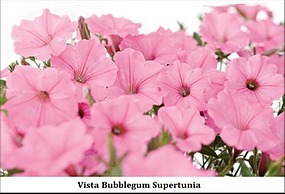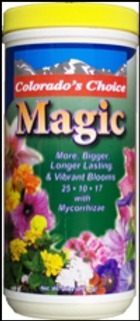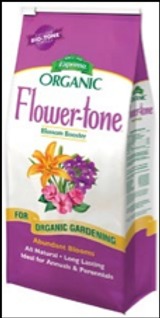
I have given up on petunias. They just get leggy and look terrible by Aug. 1st even when I trim them back. Do they need a special nutrient? (Someone said more iron?? – do I need a special fertilizer just for petunias??) Or is there a variety that handles the Colorado climate better and won’t do that? I know they are very popular, and it seems I am missing something! – Jim
Jim, You don’t have to give up on petunias just yet. These beautiful garden annuals just need a little extra love, especially those growing in hanging baskets or containers. Here are a few tips to keep petunias going strong all season long.
Variety Selection
One petunia variety that does very well here in Colorado is Proven Winner’s series of Supertunias. A Supertunia is a vegetative petunia, which means that it’s a sterile plant that will keep producing flowers after other petunias have gone to seed. They are very vigorous and will easily trail up to 4 feet by the end of the season. Supertunias work equally well as fillers or spillers, in the landscape or in containers. They are heat, drought and disease tolerant. They are also self-cleaning, so there’s no deadheading required. And they come in a gorgeous rainbow of colors!
Watering
Petunias like plenty of water, but they also need time to drain, so it’s better to water them based on need rather than on a schedule. Check your petunias once a day by sticking your finger into the soil about 2”. In the heat of the summer, you may need to check twice a day. If the soil feels wet at that depth, let the container drain and check again. If the soil feels dry, the plant needs water. If the plants are in containers, water until water pours out of the drain holes at the bottom of the pot.

Fertilizing
Flowering is hard work, so petunias, especially ones in containers, need lots of food to keep their energy up. They also like different kinds of fertilizers to satisfy different nutritional needs. Here’s an easy feeding schedule to follow for petunia hanging baskets and patio pots.

Each week throughout the growing season, fertilize with a water-soluble bloom booster fertilizer. This kind of fertilizer is immediately available to plants and helps produce larger blooms. We recommend Colorado’s Choice Magic, an excellent bloom booster that also contains mychorriaze to improve root performance. Then, on the first of each month, fertilize with a slow-release, organic fertilizer. We recommend Espoma’s Flower-tone. Flower-tone is an organic plant food with slow-release nitrogen that helps promote bigger blooms and root health. It also contains beneficial microorganisms that promote root growth.
Pruning
In late summer, petunias tend to become leggy. Trim back some of the longest branches. If the petunias are in a pot or container trim the branches up just enough to bring them back in line with the bottom of the pot. Remove any dead material or weak, anemic branches. Cut back about 20% of the branches or one in five shoots. The plant will be out of bloom for a few days after pruning, but it will come back stronger. Remember, for all plants, pruning always stimulates growth.
That should help your petunias bloom all through the season!

